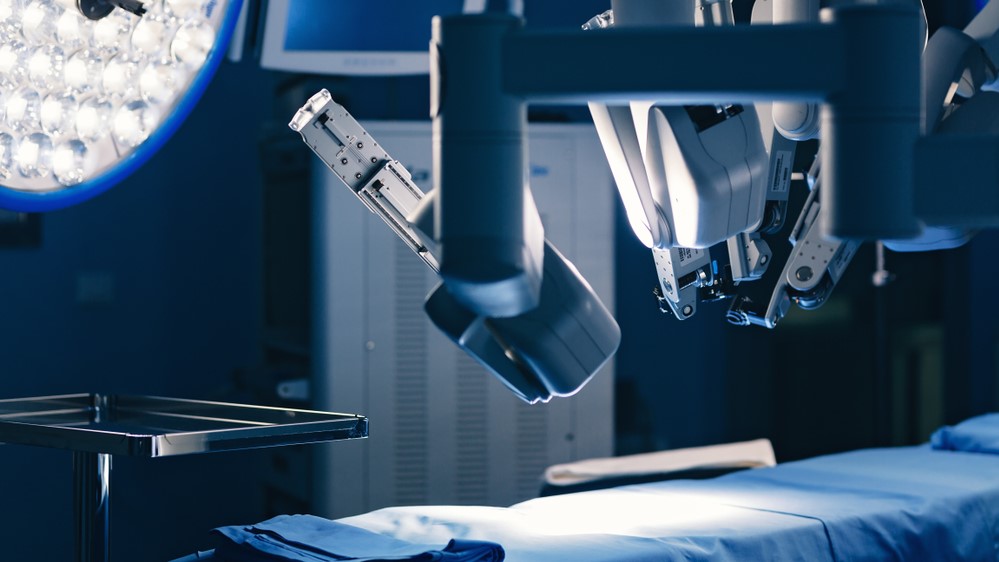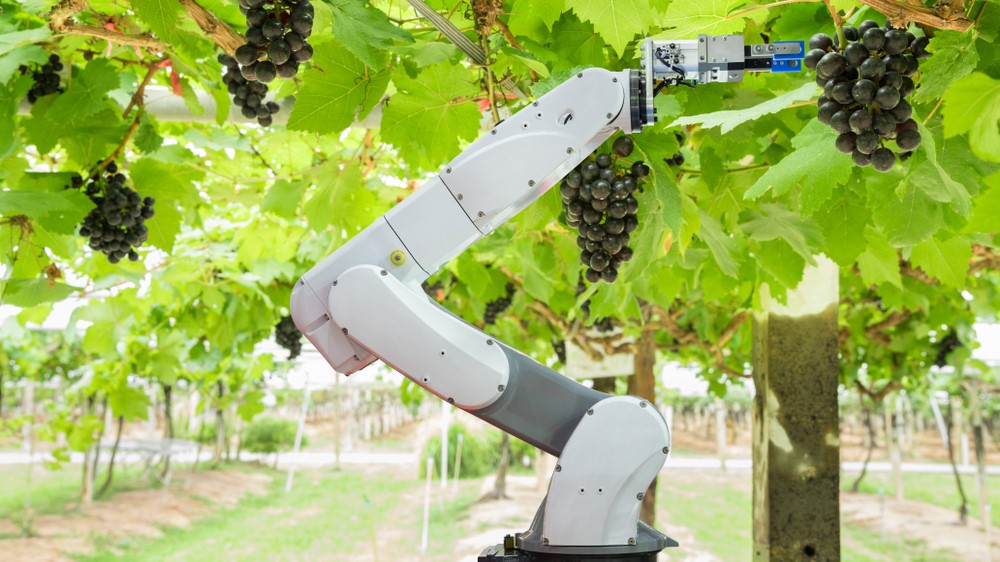
It’s a vision we’ve seen in science fiction countless times: robots reacting independently to novel situations they couldn’t possibly have been programmed for. Until now it’s been no more than a fantasy, but with the advent of 5G, robotics could be on the brink of a revolution.
5G is the next generation of mobile internet connectivity. It will be around 10 times faster than 4G speeds, with far more bandwidth and more reliable connections – and for robotics, that makes all the difference.
- On the smaller scale, check out the best robot vacuum cleaners
Why robotics needs 5G
Latency is an enormous challenge for robot developers; if it takes too long an input to be received and processed, then a movement to be calculated and executed, the robot is severely limited.
Until now, the only way to transmit the vast quantities of data needed to operate robots without lag has been to keep them tethered with a wired connection, but thanks to 5G networking, that could all be about to change.
Even more excitingly, low-latency, reliable, high-bandwidth mobile networking will allow us to introduce cloud-powered AI to the equation. A robot connected to the cloud via 5G could use machine learning to find the best way of navigating its environment and performing tasks without being specifically programmed in advance.

What will 5G-enabled robots do?
One of the most important uses for 5G in robotics will be medicine – specifically remote surgery, carried out by an experienced surgeon operating robotic tools.
Surgery via telepresence isn’t completely new, but 5G will allow it to happen in real time, and with far greater precision. With the right equipment, a specialist (such as a brain or cardiac surgeon) could carry out operations on patients on the other side of the world, which could be life-saving when time is short and transport impossible, such as a stroke patient in a rural community.
Sign up for breaking news, reviews, opinion, top tech deals, and more.
5G-enabled robots will also find a home on the factory floor. Industrial robots are already commonplace (it’s rare to find a car not welded together by mechanical limbs), but the advent of 5G will enable to creation of what the Finnish telecoms giant Nokia calls the “conscious factory”.
This is a type of smart factory, equipped with sensors that provide a constant flow of information about each aspect of the manufacturing process. This volume of data would be too much for current mobile networks to handle, but one of the key advantages of 5G is the ability to divide bandwidth into ‘slices’, which could be allocated to particular tasks.
Meanwhile AI-operated robots using a different slice navigate the conscious factory without rails, using cloud computing to carry out the hard work of calculating their movements, while others (known as ‘cobots’) can work safely alongside human workers on particularly complex tasks that require human intuition.

Elsewhere, 5G-equipped robots could help feed the world’s growing population through advances in agriculture. 5G RuralFirst is a UK-based project involving Cisco, the University of Strathclyde and various business partners, which is dedicated to establishing a test bed for 5G in rural communities well away from major cities.
Some of the project’s ideas have been pretty left-field ideas (health-tracking collars for cows, for example) but also some very practical uses of robotics that could dramatically increase crop yield and make farmers more productive.
In 2017, one of 5G RuralFirst’s projects, Hands Free Hectare, succeeded in planting, growing and harvesting a crop without human hands touching so much as a blade of grass. All the work was carried out by automated tractors and drones, with extra data provided by tiny sensors at soil level. The project repeated the feat in 2018, and looks set for a third harvest this year.
Robotic farm equipment could drastically cut the amount of labor needed to grow crops, making it possible for a single farmer to manage far more land – and do so more effectively thanks to a constant flow of data on soil conditions, pests and weeds.

What about 5G-enabled humanoid robots?
They’re already here. In November 2018, Toyota and Japanese phone operator NTT Docomo demonstrated how a life-size humanoid robot could be controlled via 5G in near real time. The robot (named T-HR3) was controlled by an operator in full-body controller. When the operator moved their arms, the robot did the same; when the operator made a fist, so did the bot.
The controller provided the operator haptic feedback, so they could feel the amount of force being applied when the robot carried out various tasks, including stacking blocks and holding a ball with both hands – all without wires, and with low latency. As Toyota’s video below demonstrates, the robot responds almost instantly.
It’s a fascinating proof of concept, and Toyota suggested that with more development, the bot could find uses in "the home, medical facilities, construction sites, disaster-stricken areas and even outer space".
Another company studying the potential for 5G in humanoid robots is Ericsson. Its engineers are working with industrial robot maker Comau on the trickier challenge of working with fully automated robots, which move in response to input from sensors rather than direct human control.
Signals from the sensors are sent to the cloud, where they are processed and instructions are sent back to the robot so it acts accordingly.
Until now, the latency and instability of mobile networks has made this type of operation impossible without cables. Not only does a huge amount of data have to be sent to and from the cloud, the system is also very sensitive to lost data packets.
With 5G, the game has changed, and Ericsson has succeeded in transmitting data a virtualization of the robot’s control systems in the cloud, then back to the hardware, where it can carry out an operation with next to no lag.
With robots that can act independently, without human input, the possibilities are endless. It’s time to cut the cable.
5G Uncovered, in association with Samsung, brings you everything you need to know about the next wave of connectivity - not just how fast it's going to be, but in just how many ways it's going to change your life. Our 5G Uncovered hub is carefully curated to show everything there is to know about the next generation of connection.

Cat is TechRadar's Homes Editor specializing in kitchen appliances and smart home technology. She's been a tech journalist for 15 years, having worked on print magazines including PC Plus and PC Format, and is a Speciality Coffee Association (SCA) certified barista. Whether you want to invest in some smart lights or pick up a new espresso machine, she's the right person to help.